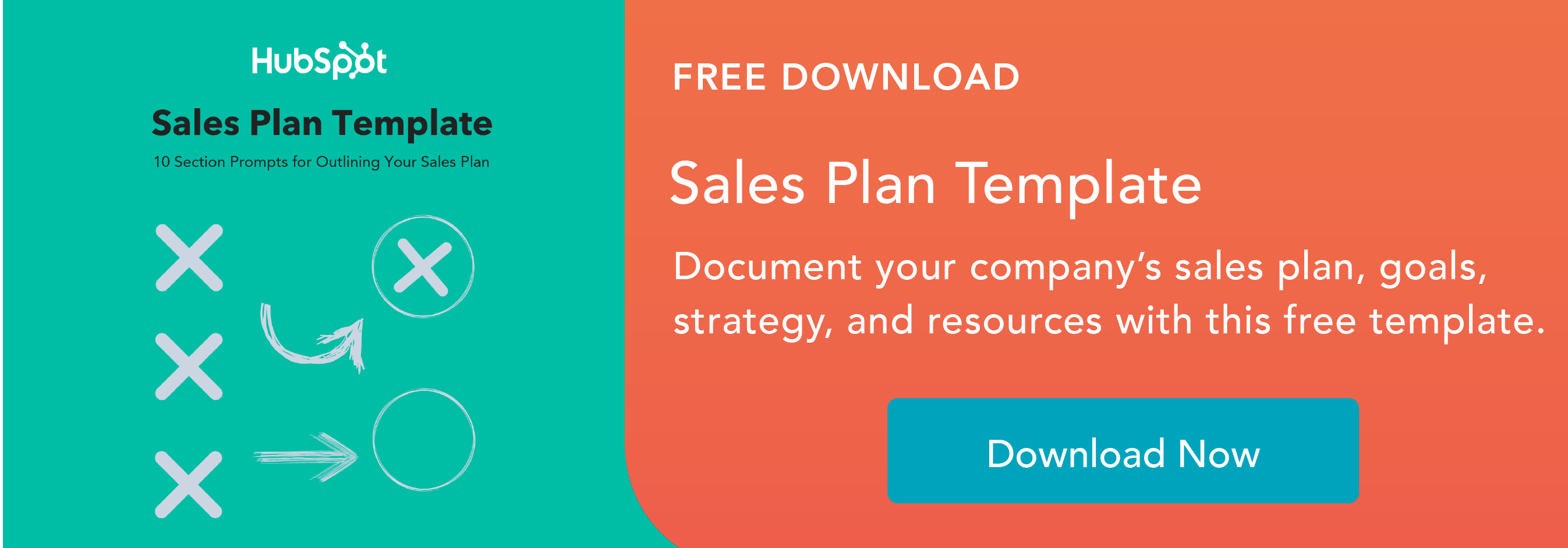Having powerful software is an undeniably critical component of any strong sales strategy. But it can be difficult to know which tools are worth the investment — and which aren't.

Fortunately, we did some digging to determine which areas of the sales cycle leaders are investing in most heavily for 2022 and beyond.
In a HelloSign study of 1000+ small and medium businesses, leaders were split when asked which areas of the sales cycle were the top priority for improvement in 2022. These included:
- Following up on sent contracts 35.92%
- Prospecting 34.75%
- Pitching to prospects 35.50%
- Product demos 33.50%
- Following up cold prospects 33.25%
- Preparing contracts and agreements 33.25%
And, although these results might look broad at first glance, they roughly break down into three types of sales problems:
- Insight and context problems (understanding)
- Presentation and training problems (execution)
- Capacity and productivity problems (time)
There's big value to solving these problems with digital tools. As Mckinsey notes, "Advances in digital and analytics … mean that sales leaders can now drive and scale meaningful changes that pay off today and tomorrow. Companies that get this right typically see 5 to 10 percent revenue growth with the same or improved margins … often within a few months."
But with 47% of SMBs also planning to reduce their technology investments in 2022, knowing which technology to invest in for the most impact is critical. So here's a breakdown of sales tech that can deliver quantifiable results for sales teams in 2022.
Tools for Insights and Context
In sales, context is everything. Whether you're cold-calling or engaging a warm lead, the more you know about their exact situation and what they're looking for, the better you can position your pitch and solution to their exact needs, and the greater your chance of success. And there are a number of new tools out there that are helping reps glean greater contextual insights about prospects before they engage.
Intelligent Insight Tools
Sales intelligence tools monitor millions of data points to identify sales triggers — like a company raising a new funding round or appointing a new CEO — and pass it on to salespeople.
Leadfeeder, for instance, tracks anonymous website visitors, qualifies them as leads, and provides contact information. With a greater understanding of sales triggers, this data — which most CRMs don't (or can't easily) provide — helps sales teams make key decisions, like when and how to reach out, define messaging, and strategize to close accounts. This added context is helping sales teams surpass their sales goals by almost 30% in some cases.
AI CRM Tools
AI is #1 on HubSpot's 23 Innovative CRM Trends to Pay Attention to in 2022 list for good reason. AI insights tools are helping sales teams prioritize which leads are worth chasing and which ones are tire-kickers.
AI customer relationship management tools compile historical information about potential and existing customers across channels — including social media posts and previous interactions like email, content interactions, voicemails, and text messages — to triage opportunities in the pipeline according to the chance of closing a deal.
And predictive lead scoring platforms like IgniteT ech that help sales teams prioritize their opportunities are showing significant results like a 25% increase in lead-to-opportunity conversions.
Predictive Renewal and Churn Tools
AI isn't just helping sales teams land customers, it's helping them retain them, too.
Tools like involve.ai apply machine learning models to data from your sales channels — emails, content interactions, support requests, phone calls, and more — to spot links and patterns in customer behavior like the chances of a customer churning. And the results are paying off, with predictive churn users boasting over 90% accuracy in prediction and recommendations and nearly triple revenue growth in three months.
Tools for Training and Presentation
You can feed salespeople all the leads, data, and insights they need, but if they can't interact with prospects in an engaging, personalized, and digital way, your pipeline will spring leaks. Fortunately, there's some nifty sales tech out there helping to sharpen salespeoples' skills, impress prospects, and close more deals.
Sales Demo Tools
Demos can make or break the sales process — especially in remote sales. Turn up with a slick, digital demo, and leads become customers. But underwhelm, and your funnel doesn't convert.
The right demo tools for sales reps lets them deliver high-quality video and audio, share their screen, and integrate with other sales tools like calendars.
While basics like Zoom get the job done, they won't differentiate your demo from the 1,000 others out there.
New tools like DemoDesk and Demostack, however, are helping sales teams differentiate their demos by giving reps the tools to create live and recorded demos with graphics and interactive content without requiring the help of designers and developers. These DIY demo tools are delivering results for customers like 50% faster speed-to-lead time, and 30% higher demo conversions.
Data-driven Training Tools
Even with the best tools, if your reps don't learn from their mistakes they don't stand a chance of selling. While the recent HubSpot blog, 7 Habits of Highly Effective People, explores the traits that make salespeople elite, there are also an array of sales training tools cropping up that are helping reps identify their mistakes and improve their sales skills.
Sales tech company Gong helps uses natural language processing to translate sales reps' calls into training information — whether it's helping sales reps understand which messages are landing, sharing insights into how the most successful reps do it, or spotting deals that are at risk of being lost. And the results are significant. Gong has helped reduce new rep ramp-up time, including product knowledge, confidence, and pipeline, by 50% for companies like ComplyAdvantage.
Tools for Increasing Productivity and Capacity
Although helpful, none of the sales tools mentioned have any value if your salespeople don't have time to use them. And that's a big problem, especially when salespeople say 74% of their time is spent on activities that don't contribute to selling.
Fortunately, there's a bunch of sales tech out there that's helping sales teams overcome productivity issues.
Productivity Integrations
Salespeople are well aware of the frustrations of switching between different tools to get the job done: 50% already think there's a lack of useful integrations between tools. But a new wave of “deep integrations” are emerging in 2022 to help salespeople get more done with the tools they already use.
But it goes even further. With its latest update, users can also create templates within HubSpot, and pre-load merge fields that will auto-fill in templates with HubSpot data. That means instead of wasting time bouncing between tools, tabs, and windows, or copying and pasting information across applications, you and your team can get more deal-making done in the tools you use most. Companies like Symphonic have even managed to send out 400+ automated document requests a month.
Time-Saving and Organizational Tools
As well as integrations, there are a number of tools that automate non-revenue generating sales tasks and get salespeople focused on what's important: selling.
Calendly, for instance, helps reps schedule meetings professionally and efficiently without the hassle of back-and-forth emails. Instead, it lets you decide your availability and preferences and lets prospects and customers decide a time that works for them. With 93% of sales teams boasting they achieve faster sales cycles with Calendly, that's a huge productivity booster.
Similarly, reply.io is a sales outreach tool that combines emails, calls, LinkedIn, SMS, and WhatsApp messages into a multichannel sequence to centralize conversations to reach prospects wherever they are. And customers are seeing results such as saving 4-7 hours per week for each sales rep on manual follow-ups and outreach campaign management.
And there you have it! Ultimately, you'll want to determine which tools are most important for your own sales team and processes, but understanding which software other leaders' are investing in should help you find inspiration to get started.

![I Asked Sales Reps How They’re Making Holiday Sales More Fun. Here’s What They Said [+ Inspo Ideas for Sales Leaders]](https://knowledge.hubspot.com/hubfs/holiday-sales-1-20241115-3819354.webp)






![Are Sales Reps Rushing Back to the Office? [New Data]](https://www.hubspot.com/hubfs/sales-reps-returning-fi%20%281%29.jpg)

